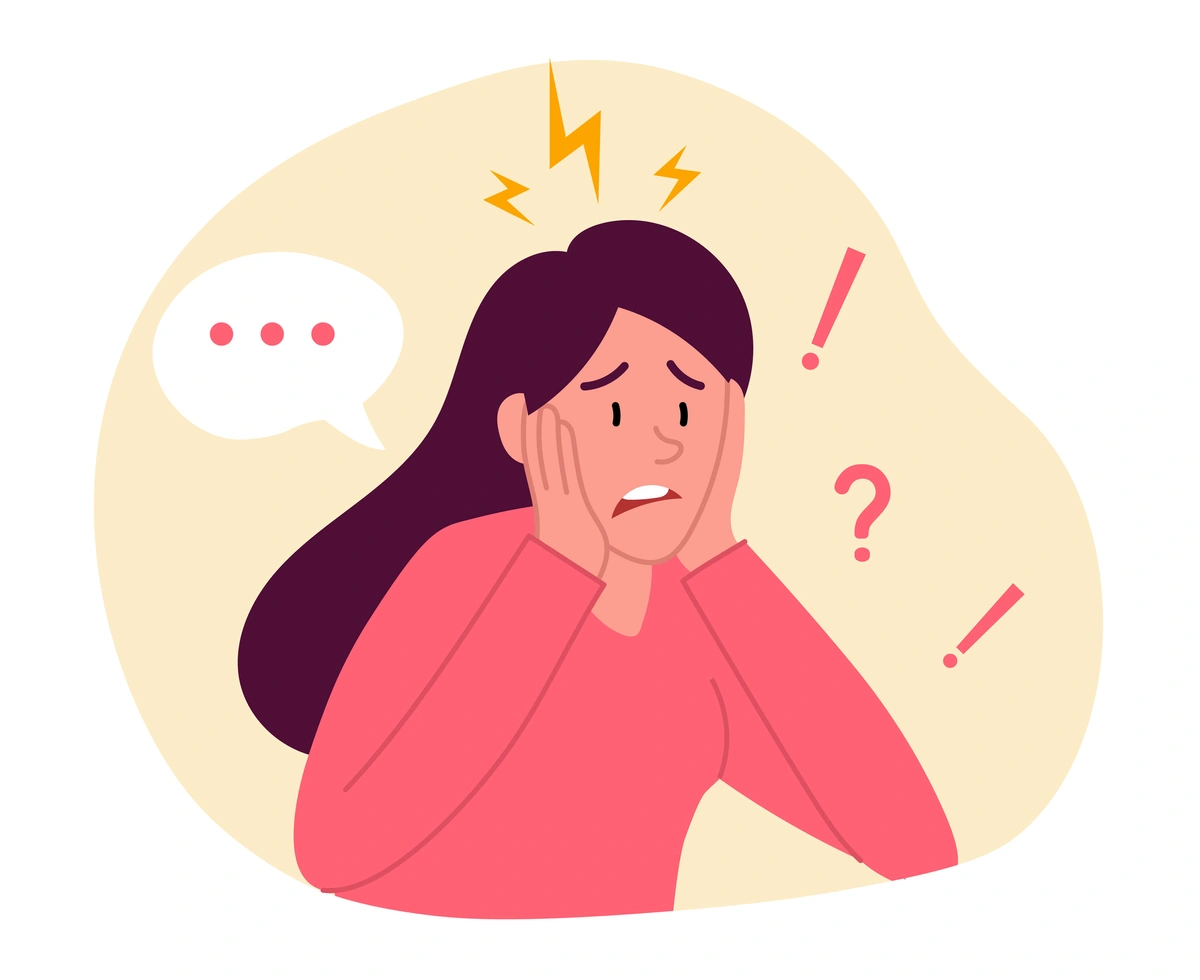Posttraumatic Stress Disorder (PTSD)

Post Traumatic Disorder
Post Traumatic Stress Disorder (PTSD) is characterized by the development of specific symptoms after an individual has experienced trauma, such as a life threatening event, serious injury, sexual violence, or myriad other traumatic experiences. Trauma can also result from witnessing the catastrophic death or life threatening emergency that happened to someone else, or being told of a loved one’s involvement in such an event.
According to the National Institute of Mental Health (NIMH), the lifetime prevalence of PTSD in adults is 7 percent. That means that, at some point in their lives, 7 percent of adults in the United States experience PTSD. In any given year, 3.6 percent of adults are diagnosed with PTSD, with higher rates for women (5.2 percent) than men (1.8 percent).
PTSD often accompanies other conditions
More than half of those with PTSD also have another mental health condition. This pairing or clustering of conditions is often referred to as, “dual diagnosis,” or “co-occurring disorders.”
What it looks like
The term, PTSD, often evokes images of the military veteran, who has seen active combat. However, numerous traumatic events can result in PTSD. Some examples are a serious auto accident, a weather related emergency, a school shooting, physical or sexual assault, a terrorist attack, an attack by a dog, domestic violence, or the work-related trauma experienced by first responders, and numerous others catastrophic events.
Symptoms of PTSD may include the following:
- Frequent and disturbing intrusive memories of the traumatic event
- Sleep disturbance, insomnia, distressing dreams, or nightmares related to the event
- Flashbacks of the traumatic event that feel as if they are happening in real time
- Significant physiological distress when triggered by exposure to reminders of the event
- Efforts to avoid reminders of the event, including conversations about people or places associated with the event
- Negative moods states
- Loss of interest in previously enjoyed activities
- Low self esteem or negative ideas about oneself
- An easily triggered startle response
For some people, their body’s responses to a traumatic event lead to changes in the brain that may cause the symptoms of PTSD. For example, during a stressful event, some individuals experience an extreme over-stimulation of the amygdala. This is the part of the brain that recognizes threats when they occur. If the amygdala remains in an overstimulated state, as sometimes happens, then the person may perceive threats later on where they do not exist. In addition, during the course of a stressful event, the hippocampus of the brain is also affected. This is the part of the brain that holds fearful memories in abeyance. With PTSD, the hippocampus may suffer from damaged or destroyed cells caused by the stressful event, which then may lead to the person constantly replaying the fearful memory over and over again, like a movie or tape playing in a loop.
Untreated PTSD
Left untreated, symptoms of any condition may set the stage for additional conditions to develop. No one signs up for PTSD, nor does anyone want to use their limited time and energy to seek treatment for it. Yet, untreated PTSD can lead to the array of problems discussed above, disrupting devastating relationships, and impairing productivity, health, and one’s global quality of life.
Individuals suffering with PTSD are encouraged to seek diagnostic evaluation and explore the available treatment options. Statistics suggest a connection between untreated PTSD and the development of alcohol and substance abuse. Painful symptoms of PTSD, including nightmares and flashbacks can lead to alcohol or substance abuse.
Take the first responder, who suffers from chronic insomnia due to PTSD nightmares. He feels intense pressure to get some sleep so that he can function the next day and, consequently, develops sleep anxiety, complicating things even further. Eventually, he reaches for alcohol to initiate sleep. Over time his use escalates into full blown alcoholism. This constellation of co-occurring conditions best be holistically addressed, as part of a comprehensive treatment plan.
Trauma triggers may constantly be stimulated in the course of daily life. Consider the woman, who has survived the loss of a pregnancy, the death of a child, or infertility. She goes outside for a walk and crosses paths with a mother pushing a baby in a stroller. That woman has, likely, just experienced a trauma trigger, thrusting her into fight, flight, or freeze mode.
In another example, the change of seasons may signal the anniversary of a catastrophic auto accident, again stimulating a reliving of the event. When left untreated, PTSD can continue for years and lead to substance abuse or other mental health complications.
Outlook
There are multiple effective treatments available for PTSD that have proven to relieve symptoms and restore and improve life satisfaction and quality.
In good company
Many prominent people reportedly have experienced PTSD, such as Whoopi Goldberg, Mick Jagger, and Jacqueline Kennedy Onassis.
The current thinking on what causes PTSD
Why do some people have PTSD after a traumatic event while others do not? Some people are more equipped to cope with severe adversities than others, based on their genetic makeup, the number of past traumas they have experienced, and other factors. Researchers have found that people who are generally hopeful and optimistic are less likely to develop PTSD than others. The main point to keep in mind is that if PTSD occurs, the individual would benefit from treatment.